Enclosed by the vast expanses of azure blues and earthy browns, Northern China presents an impressive blend of ethereal landscapes and historical sites that leave the spectator in awe. The G331, often regarded as the most magnificent landscape avenue traversing the northern fringes of China, boasts an amalgamation of scenic splendor and historical significance. The itinerary unfurls before the traveler, a medley of mesmerizing sites extending from Mazongshan to Erenhot.
Whether you are a seasoned adventurer seeking new vistas or a passionate history enthusiast yearning to explore ancient ruins, the G331 never amazes you. This narrative aims to serve as a guide, unveiling the sheer splendor and intriguing tales that lie along this path less ventured.
Get ready to embark on a captivating journey that transcends through endless terrains, painting a scenic panorama that is Northern China’s G331. Let your exploration begin, where each stop manifests as a compelling chapter in the limitless book of travel tales.
The theme is desert and grassland; there is no more fascinating scenery than the desert and meadows through Xinjiang, Gansu, and Inner Mongolia.
After sweeping through the three to four hundred kilometers of the Xinjiang-Gansu section, you will enter the endless Alashan desert area, where the dry silence will become the most significant difficulty.
Through the border of desert and grassland, the two sides of the national highway gradually have a clump of small grass, and with the extension to the distant dunes, superimposed to project a beautiful Mongolian steppe light.
First stop: Mazongshan
A mysterious place.
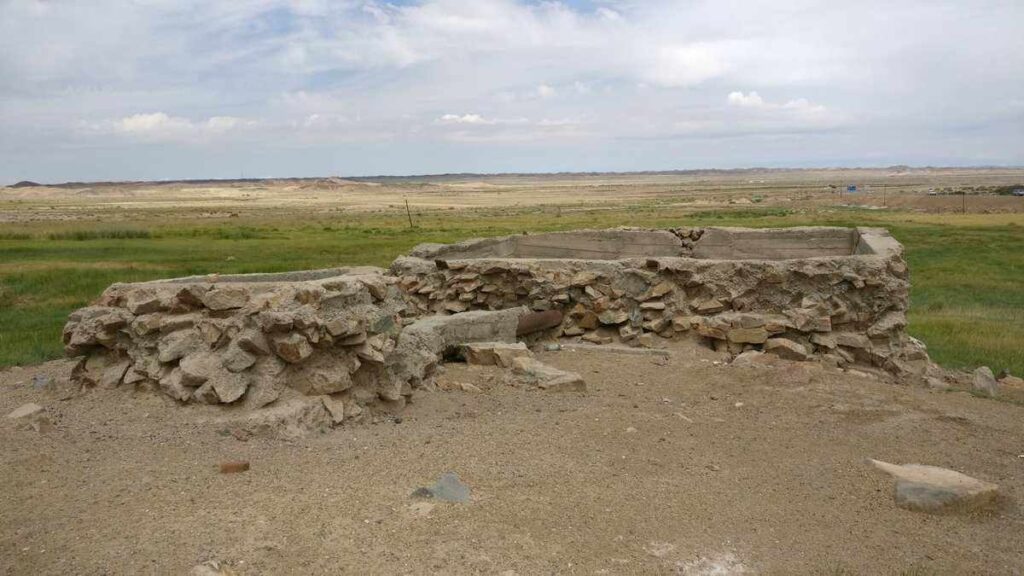
From Hami, all the way to the horsehair mountain, now Gansu, Inner Mongolia, to Xinjiang is an important transportation hub. Still, the town function is less developed than the eastern towns.
It used to be a mysterious and secluded place on the ancient Silk Road and the Jade Road, with desert, Gobi, mountains, frescoes, fossils, and other elements that should be found in the West; it has them all here.
Travel tip: This route is walking in the desert, the Gobi, ultraviolet solid rays, day and night temperature difference, dry weather, and other factors are basically accompanied, so you need to prepare the highest multiples of sunscreen, sun hat, sunglasses, turban and so on before travel.
Suppose you bring a camera and other photographic equipment. In that case, you must be prepared for the equipment to protect against the wind and sand. There is a significant temperature difference between day and night and evaporation in the desert area, so be sure to bring enough warm clothes and enough water.
Self-driving tips: Mahaishan town is about 459 kilometers away from Ejin Banner, and driving time is about 12 hours and 30 minutes; from Mazongshan, go north to G215 to G215, G331 interchange, then go east to G331 can be the whole G331, over Nalin Hari, Azhagalayin Saiji, Zangchakhan and other places, you can reach Ejin Banner.
Second stop: Ejin Banner
The Ala Shan Desert is in front of you. When autumn comes, the population density of Ejin Jinnah Banner rises rapidly to a breathtaking level, and the reason for this is the poplar forest, which contains some magic power.
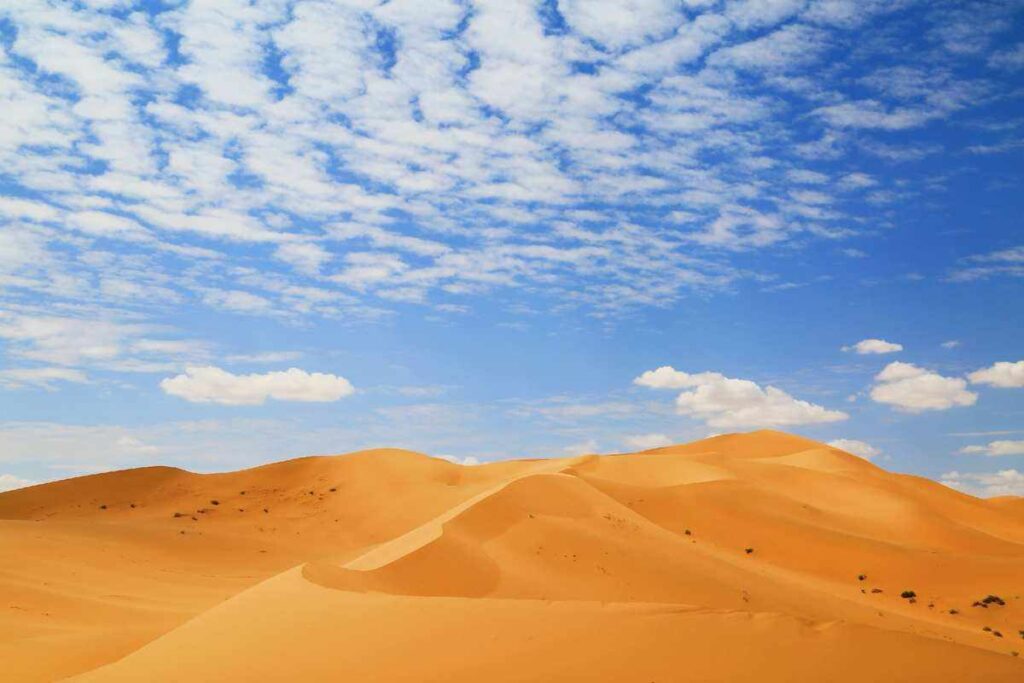
In the short month when the poplar is yellow, it is when countless travelers flock to this town of 30,000 people at all costs. In extreme cases, the town must receive more than ten times the usual number of people overnight.
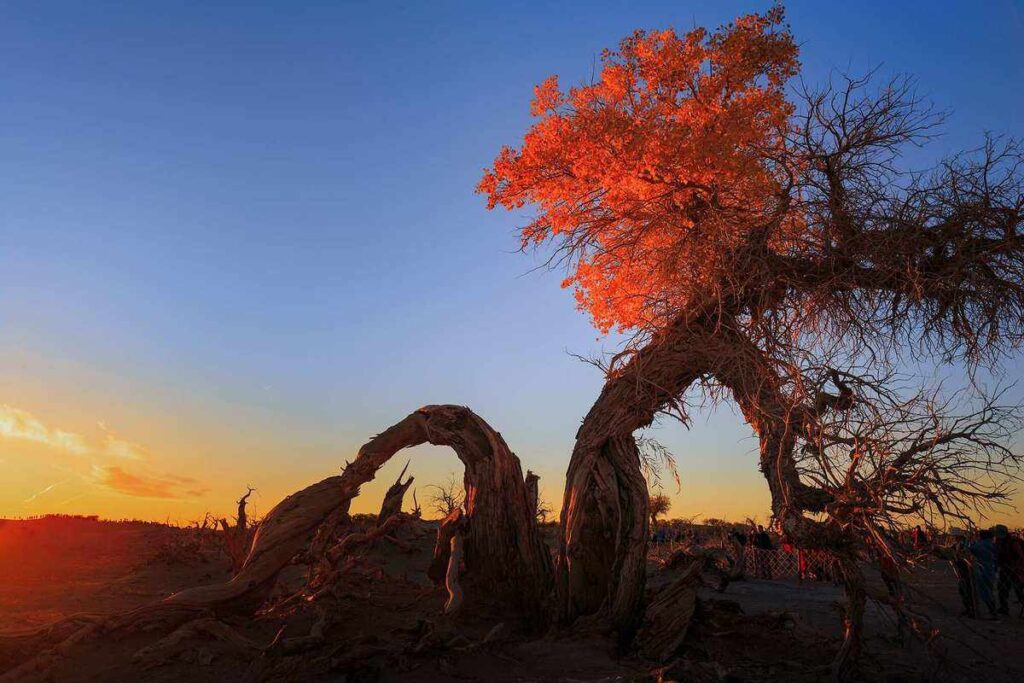
Of course, travelers are more willing to go to the few famous places, such as the Heicheng Historic Site, the strange forest, the poplar forest tourist area, Datong City, the Red City, Juyan Lake Basin, the Cek Port, etc.
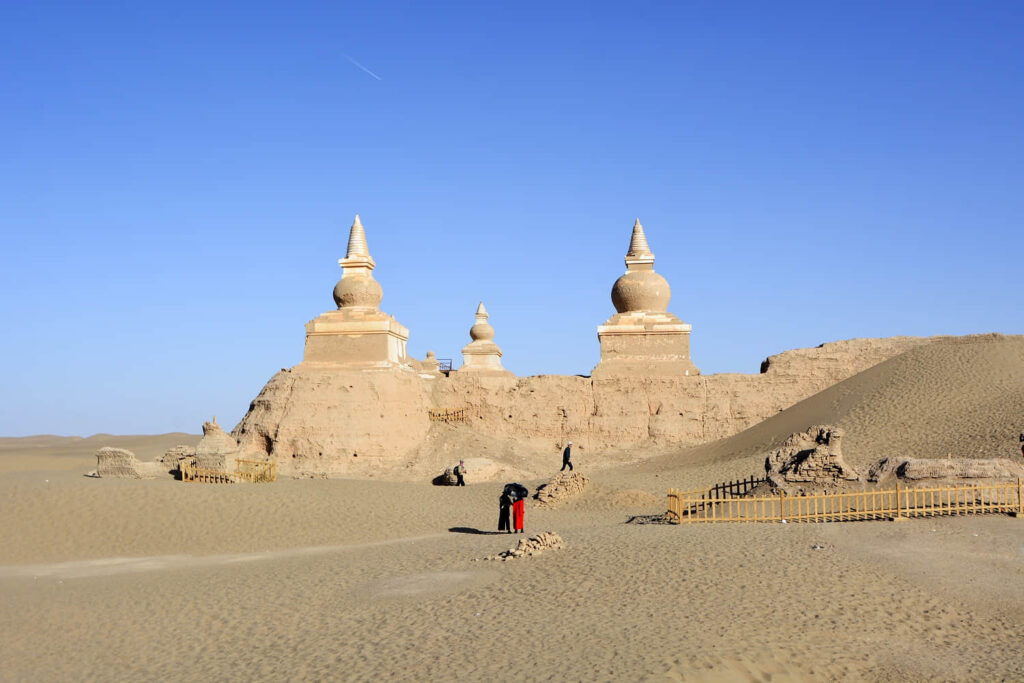
Suppose you come just for the poplar forest. In that case, the tourist area consisting of 440,000 mu of original poplar forest is a must-see.
S312 and G331 string the golden poplar forest. From one bridge to eight bridges, these thirty kilometers of road are lined with stretches of poplar forest. If you take S312, you will be accompanied by the Black River; if you take G331, you will cross the popular forest tourist area. It starts from a bridge reflecting the scenery of the poplar lake. It ends at the eight bridges with the final desert scenery.
Juyan Lake Basin was once the largest lake in the northwest region, where the weak water of the “three thousand weak waters was taken to drink,” and the first settlement of the Turks who returned from the Volga River in Russia.
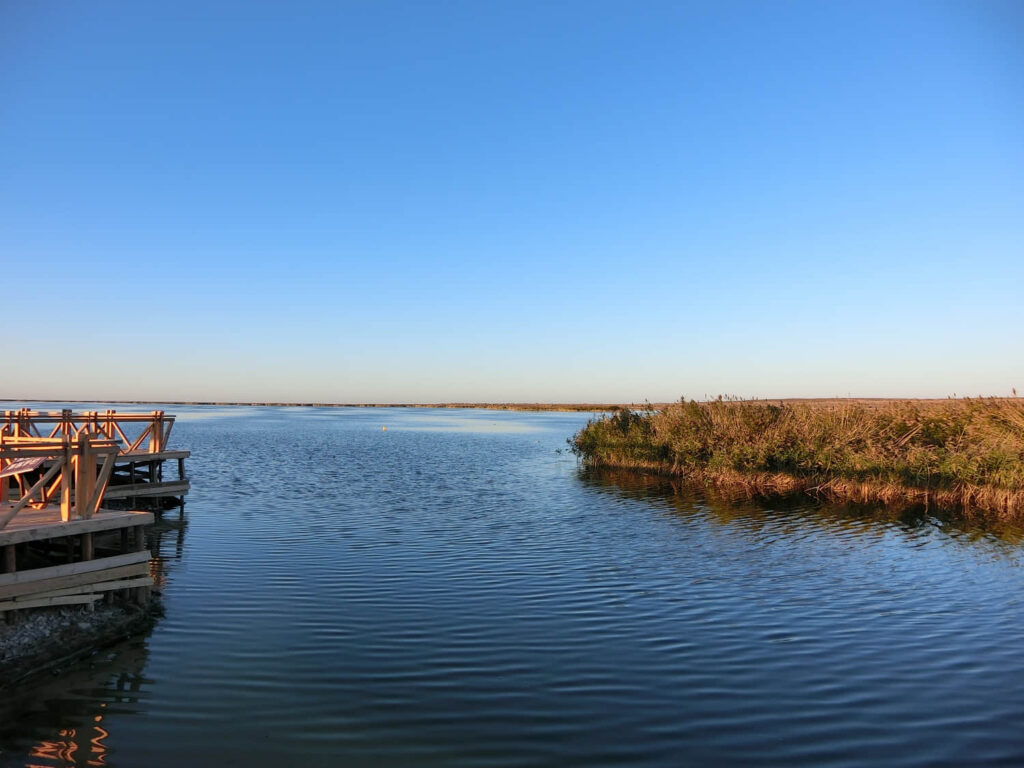
But with the passage of time and environmental deterioration, after the 20th century, Juyan Lake Basin gradually became one of the sources of sandstorms, and later with the management of the lake, the Guyan Sea gradually full, the clear water covered again, forming the scene of “Guyan Vast.”
Travel tip: The most beautiful time for Ejin Banner is autumn, from September to October every year, and the corresponding price will fluctuate due to the change of poplar color; the most expensive can reach ten times the off-season.
Self-driving tips: Ejin Banner is about 665 kilometers from Bayannur City, driving time of about 8 hours and 30 minutes; from Ejin Banner, take G331 to Aogan Delig, through this and on the Beijing New Expressway G7, and then to Bayannur at high speed.
Third stop: Bayannur
Leaving Ejin Banner and continuing east, you will face two choices; one is to take G331 to Ganqimadu port.
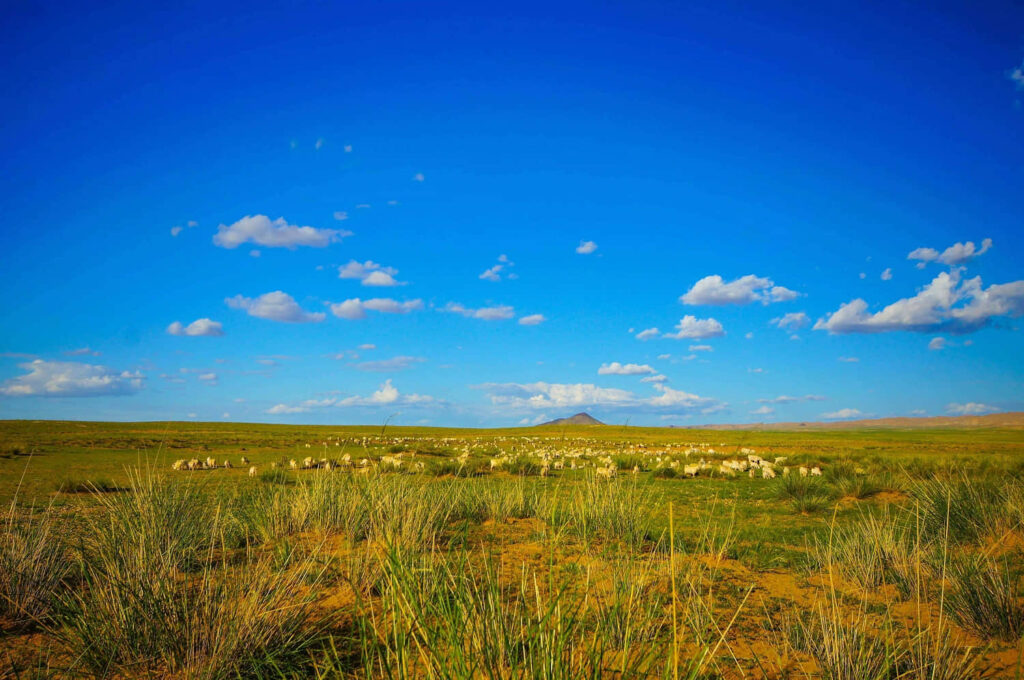
This section shows the desolation of the desert and the danger of the desert, but the biggest challenge is that there is no gas station on this 600 km trip.
Even in the summer, this road is often accompanied by greenery and grasslands spread. Still, the probability will meet the embarrassment of driving halfway, the gas tank bottom.
Therefore, unless with a spare gas tank or another option – to Bayannur direction is better.
If you are in the mood, you can also run the Alashan Heroes desert route to find the five representative lakes hidden in the Tenggeli Desert.
In the city’s Bayannur Geological Museum, you can see countless dinosaur fossils and footprints but also see and understand the landform structure and mineral resources of Bayan Nuur.
Self-driving tips: Bayannur city is about 444 kilometers from the town of Mandula, driving time of about 10 hours and 30 minutes; from Bayannur north to G242 to Ganchi Maodu port, and then diverted to G331, over the Honghaoer Maud, Barun Dezhis, Dezhis Hudug, Tara Hudug and other places to Mandula.
Fourth stop: Mandaula
China-Mongolia border town.
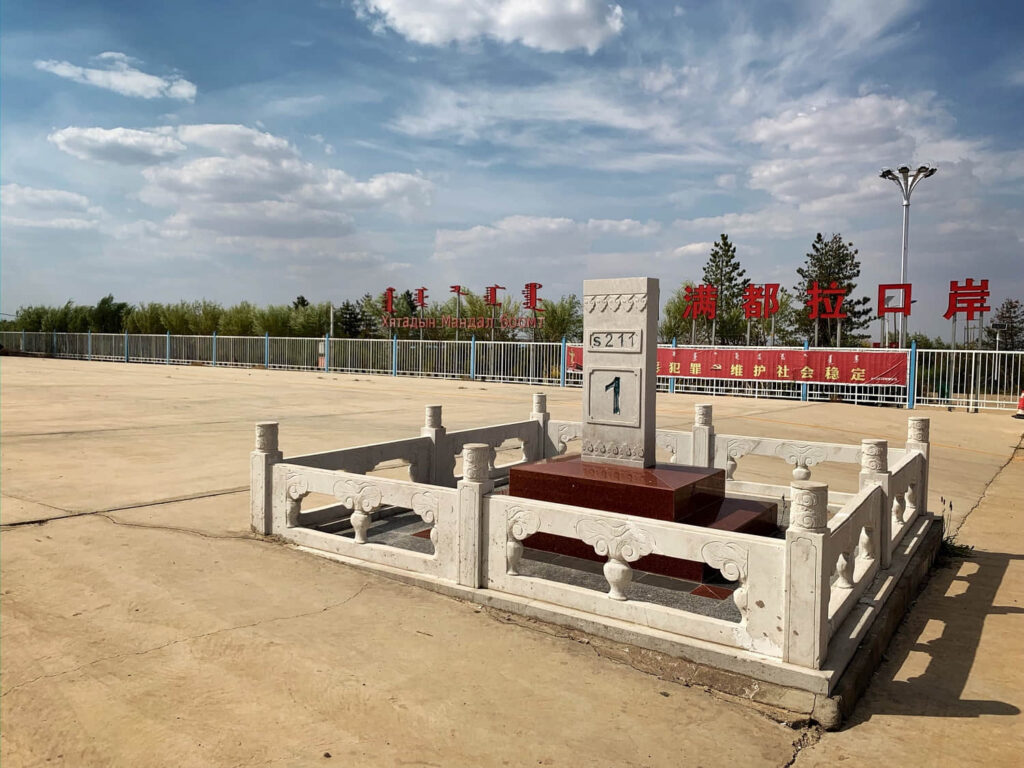
Bayannu City north to take G242, about 2 hours to reach Ganqimadu port.
On this road, travelers can see the landscape gradually changing from lakes and grasslands to the bleak Gobi scenery.
Self-driving tips: Mandula town is about 219 kilometers from Erenhot city, driving time of about 4 hours and 30 minutes; the whole process can take G331 over Chagan Ovoo, Eren Nur Sumu, and other places and to Erenhot.
Fifth stop: Erenhot
The land of dinosaurs.
As the northern gate of China, Erenhot was born from a railroad – the Mo Bei International Railway, which opened in 1956.
In addition to the culture of the port, Erenhot is also the first place where dinosaur fossils were found on the Mongolian plateau.
So when you visit here, besides enjoying the scenery of the port, you also need to see the dinosaur culture here.
You can either go to the Erenhot Museum to get a preliminary understanding of dinosaur species, appearance, etc., and then go to the Cretaceous Period Dinosaur Geological Park to learn more about the various dinosaurs in this land.
You can also go to the park to stroll around the dinosaur fossil in-situ burial museum and see the archaeological site back then, and finally return to the city to settle down, rest for the night, and then set off for G331.
Conclusion
G331 second section, grassland, desert, and Gobi all in one. It’s a voyage through time, across cultures, and into some of northern China’s most mesmerizing landscapes. So, strap in and prepare to embark on a truly memorable expedition through one of the most stunning regions in the world.
